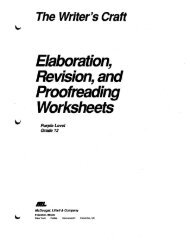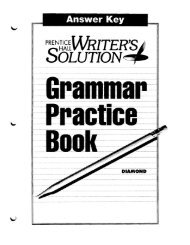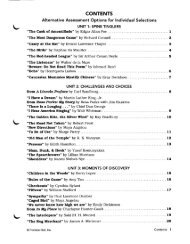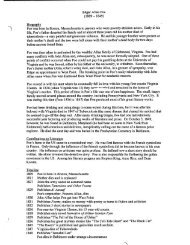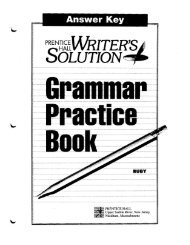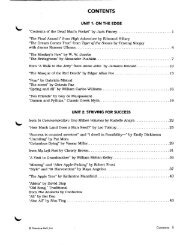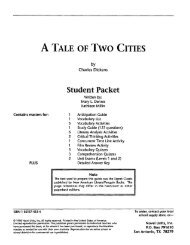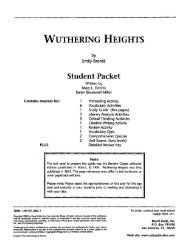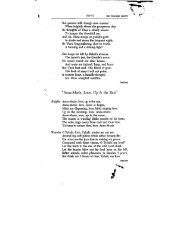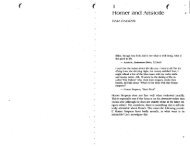Test - PopulationMe.com
Test - PopulationMe.com
Test - PopulationMe.com
- No tags were found...
You also want an ePaper? Increase the reach of your titles
YUMPU automatically turns print PDFs into web optimized ePapers that Google loves.
Glossary of Terms AllIteration Alliteration is the repetition ofinitial consonant sounds. WI1ters use alliterationto give emphasis to words, to imitatesounds, and to create musical effects.Alliteration Is the basis for tongue twisters:She sells seashells by the seashore.AnticUmu: Like a climax, an anticl1max isthe turning point in a story. However, ananticlimax is always a letdown. It's the pointat which you learn the story will not turn outas you expected.Autobiography An autobiography is a formof nonfiction in which a person tells his orher own life story. An autobiography may tellabout the person's whole life or only a partof it.Biography A biography Is a form of nonfictionin which a wrtter tells the life story ofanother person. Biographies have been wrtttenabout many famous people, historicaland contemporary. but they can also be wrtttenabout "ordinary" people.Blank Verse Blank verse is poetry wrtttenin unrhymed iambic pentameter lines. Theverse form was widely used by Elizabethandramatists like William Shakespeare.Character A character is a person or ananimal that takes part in the action of aliterary work. The main character, or protagonist,is the most important character in astory. This character often changes in someimportant way as a result of the story'sevents. The antagonist is the character whoopposes the main character.Characterization Characterization is theact of creating and developing a character. Indirect characterization, the author directlystates a character's traits. In indirectcharacterization, an author tells what acharacter looks like, does, and says, as well asthe way other characters react to him or her.The reader must draw conclusions about thecharacter based on this indirect information.CHmu: The climax of a story. novel, or playis the high point of interest or suspense. Theevents that make up the I1sing action lead upto the climax. The events that make up thefalling action follow the climax.Conflict A conflict is a struggle betweenopposing forces. Characters in conflict formthe basis of stories, novels, and plays. Thereare two kinds of conflict: external andinternal. In an external conflict, the maincharacter struggles against an outside force,such as another character, the standards of agroup, or nature. An internal conflict involvesa person in conflict with himself or herself. Astory may have more than one conflict.Dialect Dialect is the form of language spokenby people in a particular region or group.Pronunciation, vocabulary, and sentencestructure are affected by dialect.Dialogue A dialogue is a conversationbetween characters. It is used to revealcharacter and to advance action. In a story ornovel, quotation marks are generally used toindicate a speaker's exact words. Quotationmarks are not used in a script, which is theprinted version of a play.Diction Diction is word choice. To discussa wrtter's diction is to consider the vocabularyused, the appropriateness of the words,and the vividness of the language. Dictionmay be formal or it may be informal andconversational.Essay An essay is a short nonfiction workabout a particular subject. A descriptive essayconveys an impression about a person, place,or object. A narrative essay tells a true story.An expository essay gives information, discussesideas, or explains a process. A persuasiveessay tries to convince readers to do somethingor to accept a wrtter's point ofview.Exposition Exposition is writing or speechthat explains a process or presents information.In the plot of a story or drama, the exposition is© Prentice-Hall, Inc. 5



